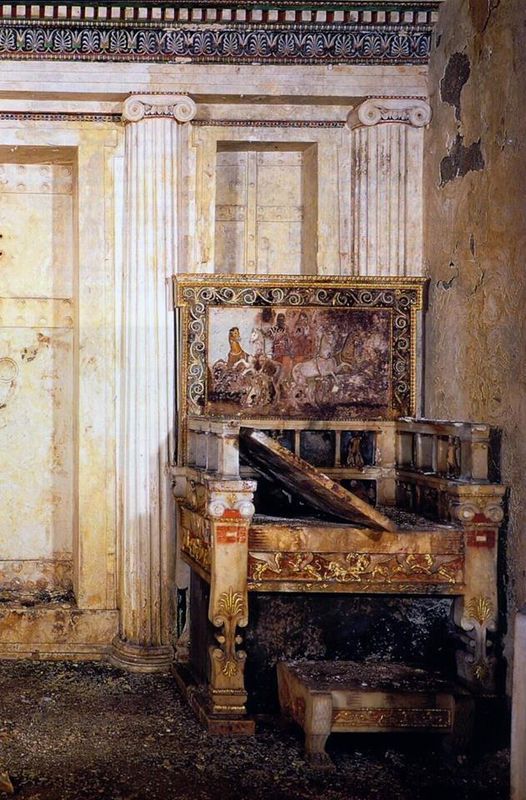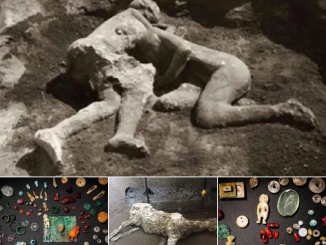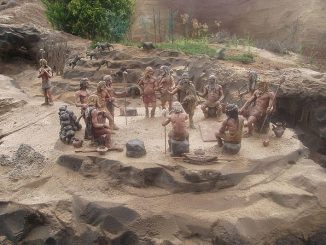Nestled amidst the verdant landscapes of northern Greece lies Vergina, a site of immense historical and archaeological significance. Here, beneath the earth, lay the royal Macedonian tombs, a testament to the splendor and grandeur of one of antiquity’s most formidable empires. Join me on a journey as we explore the mysteries and marvels of these ancient burial sites, delving into the stories of kings and queens, warriors and statesmen, whose legacies continue to echo through the annals of history.

A Glimpse into Antiquity: The royal Macedonian tombs at Vergina offer a rare glimpse into the opulence and sophistication of ancient Macedonian culture. Dating back to the 4th century BCE, these tombs served as the final resting places for members of the Macedonian royal family, including the illustrious King Philip II and his son, Alexander the Great. The tombs, meticulously constructed and adorned with exquisite frescoes, reflect the power and prestige of the Macedonian monarchy, whose influence extended across vast swathes of the ancient world.
The Treasures of Vergina: Within the confines of the royal tombs, archaeologists unearthed a trove of priceless artifacts, shedding light on the rituals and customs of the Macedonian elite. Among the most notable discoveries are the intricately crafted golden artifacts, including crowns, diadems, and jewelry, which adorned the deceased in their journey to the afterlife. These treasures, meticulously crafted and imbued with symbolic significance, offer invaluable insights into the religious beliefs and artistic achievements of ancient Macedonian society.
The Mystery of the Golden Larnax: Perhaps the most iconic of all the discoveries at Vergina is the golden larnax, a coffin-like container found within Tomb II. Encased in gold leaf and adorned with intricate ornamentation, the larnax is believed to have contained the remains of King Philip II, father of Alexander the Great. Its discovery sparked intense debate and controversy among archaeologists and historians, with some questioning its authenticity and others heralding it as one of the greatest archaeological finds of the 20th century.
Ancient Discoveries and Modern Insights: The royal Macedonian tombs at Vergina are just one example of the countless treasures waiting to be unearthed in the sands of time. From the pyramids of Egypt to the temples of Rome, each discovery offers a window into the past, enriching our understanding of human history and culture. As we marvel at the golden artifacts and exquisite frescoes of Vergina, we are reminded of the enduring legacy of the ancient world and the importance of preserving and studying our shared heritage for generations to come.
Conclusion: The royal Macedonian tombs at Vergina stand as silent witnesses to the grandeur and glory of one of antiquity’s greatest civilizations. As we explore these ancient burial sites and marvel at the treasures within, we are transported back in time to an era of kings and conquerors, where power and prestige ruled supreme. Yet, amidst the splendor of gold and the beauty of frescoes, we are also reminded of the fragility of human existence and the inevitability of mortality. So, the next time you find yourself in northern Greece, take a moment to visit Vergina and pay homage to the kings and queens whose legacies continue to inspire awe and wonder to this day.


